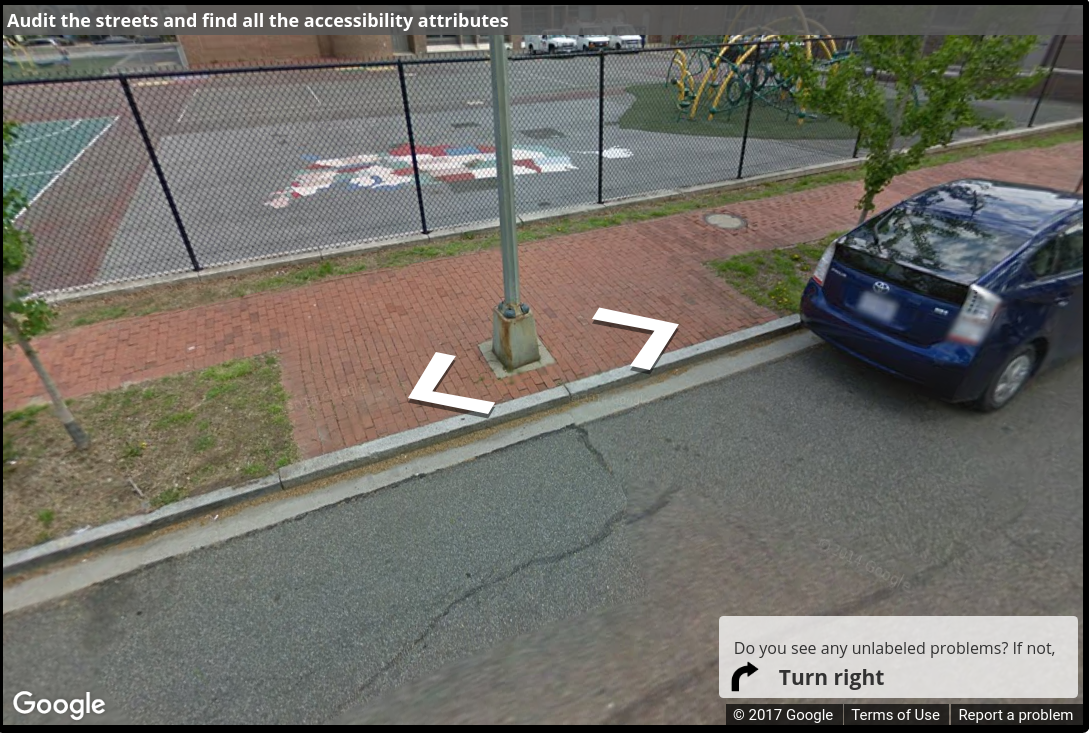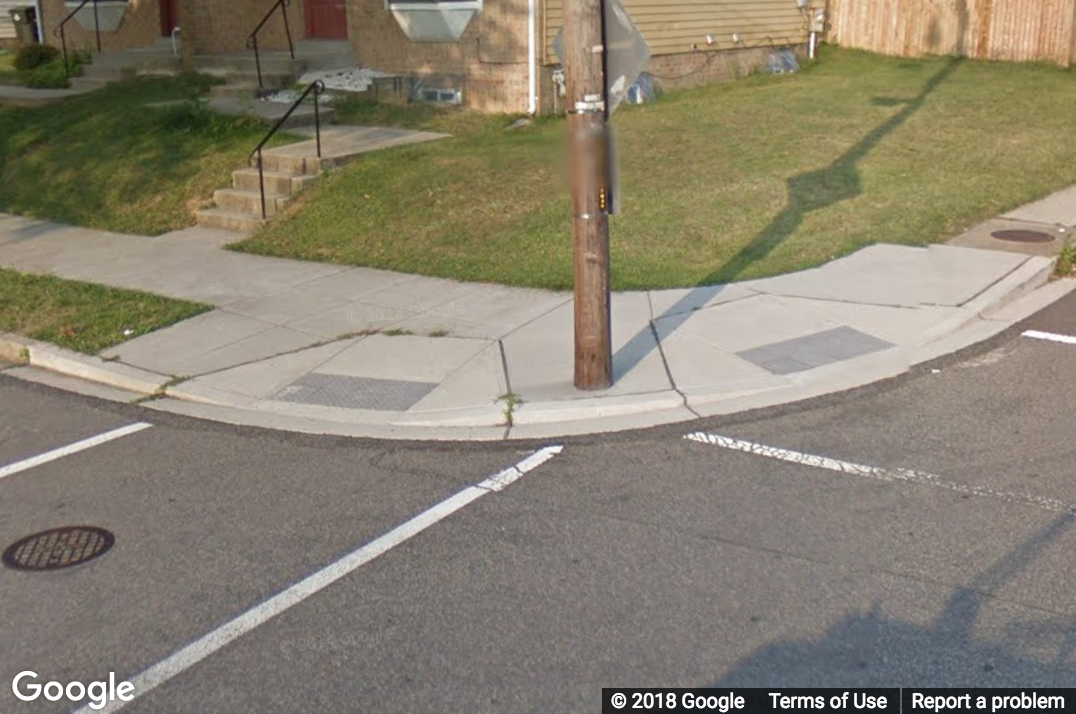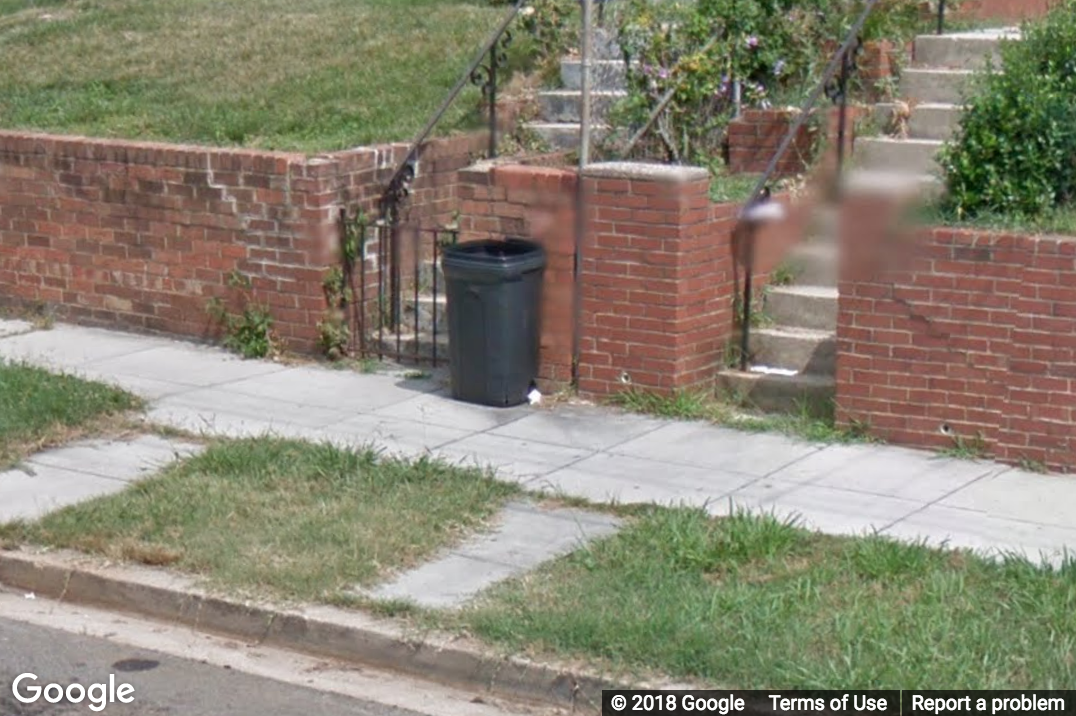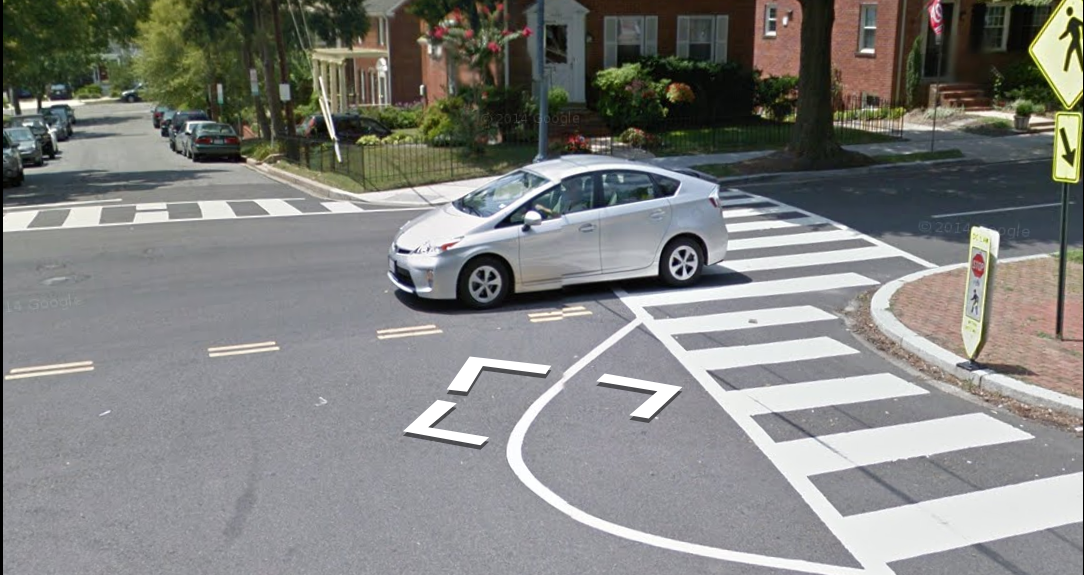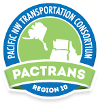Obstacles
Hindernisse sind Objekte, die sich auf dem Gehweg befinden und den Weg blockieren. Gemäss den Richtlinien für behindertengerechte Fusswegnetze sind Trottoirbreiten unter 1.50 m zu vermeiden. Dies erlaubt Fussgängerinnen und Fussgängern, vor allem denjenigen, die Rollatoren oder Rollstühle nutzen, sicher auf dem Gehweg zu bleiben. Den Gehweg zu verlassen, um Hindernissen auszuweichen, ist zum Teil nicht möglich oder erhöht die Gefahr, das Gleichgewicht zu verlieren oder zu stolpern. (ADA 305)
How should I mark an obstacle?

You should place labels at the base of the obstacle, which is any object that blocks a path. Placing a label any higher may make the lat-lng estimation inaccurate. Notice how the label on the lower left image that is not placed at the base of the tree has a lat-lng that is very far from the sidewalk (as seen in the mini map).
If there is a long stretch of construction, like in the example on the right below, you should place a temporary obstacle label at the beginning and end of the construction (in the same manner as in the Surface Problems section.
Severity should be higher for obstacles that cover more of the path, have less room for navigating around them, or would cause pedestrians that avoid them to put themselves into harm’s way (by going into traffic, going off the sidewalk, etc). There are more examples throughout this page.
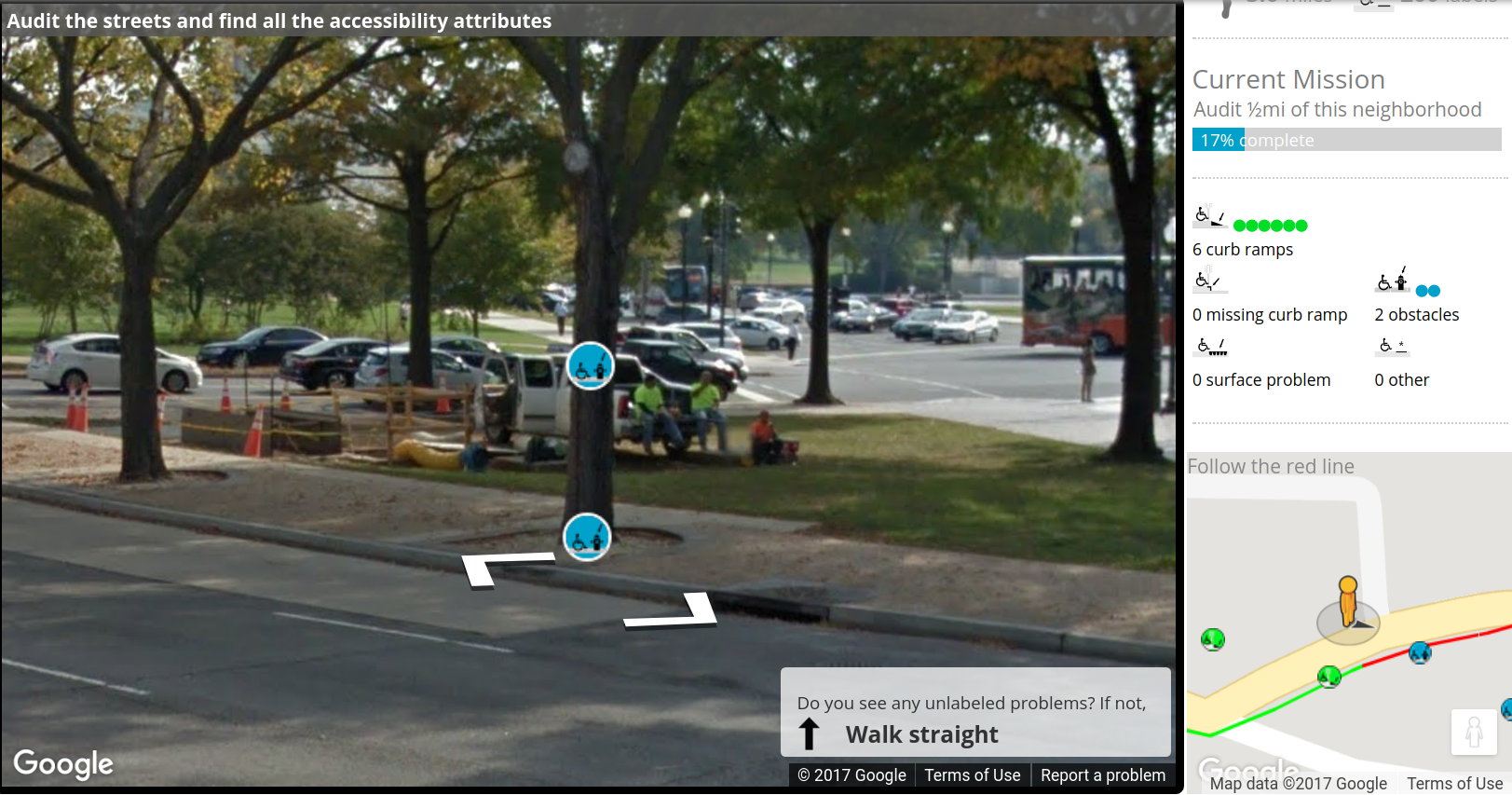
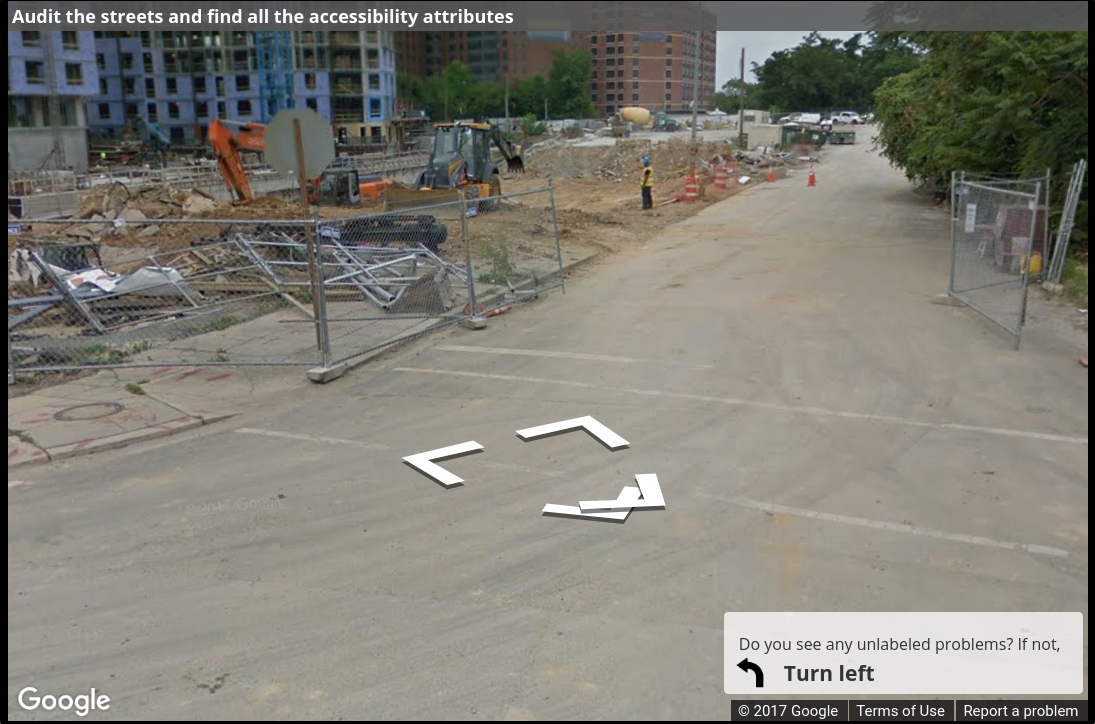
What do I do about permanent obstacles?

You should use an Obstacle label on any permanent fixture that is placed in the direct path of pedestrian routes. This could also include extreme instances of overgrowth or poles that are located (even partially) within curb ramp flares. Below are examples with various degrees of severity.
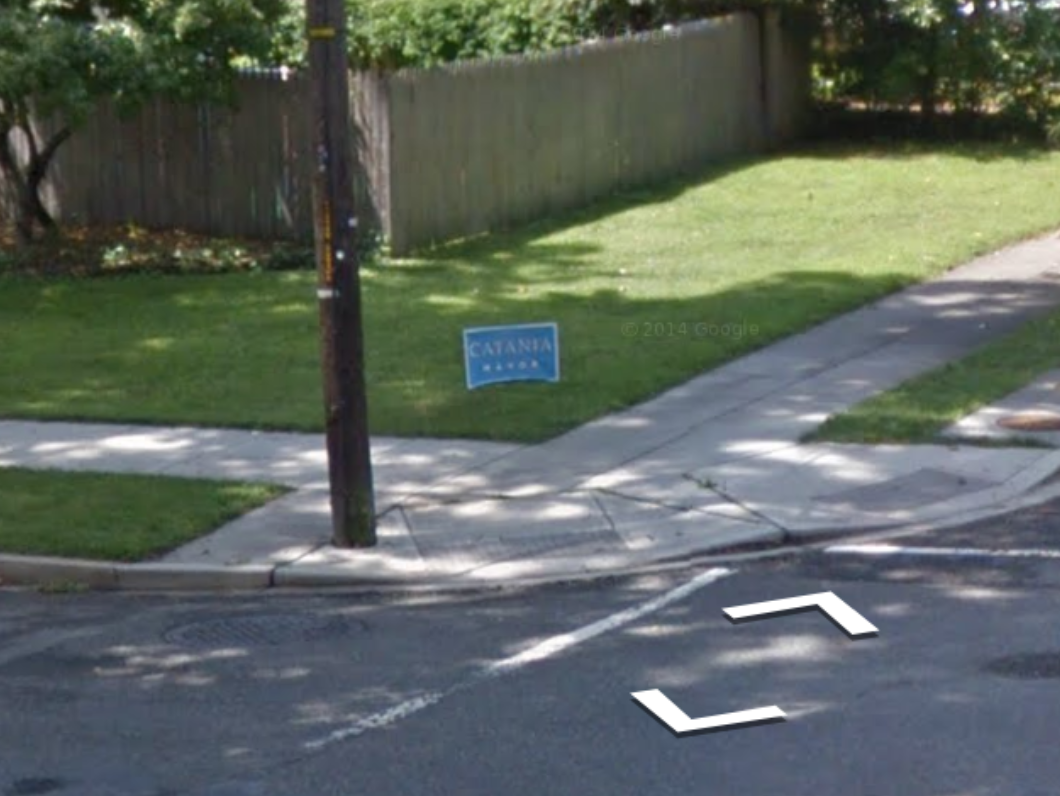
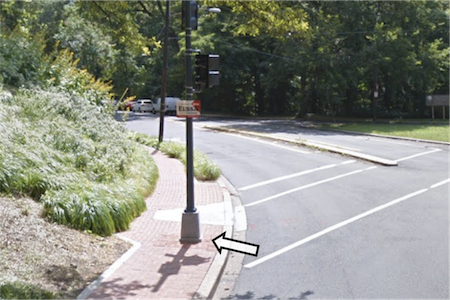
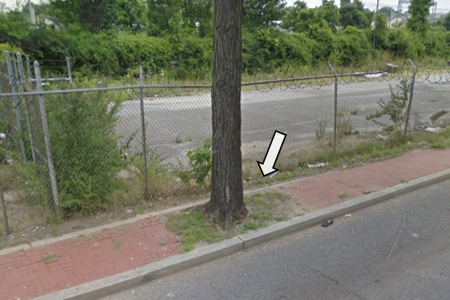
Do I label temporary obstacles as obstacles?

You should label temporary obstacles with the Obstacle label. Temporary obstacles are objects that are not part of the "built environment", such as construction, minor overgrowth, parked cars, and trash cans.
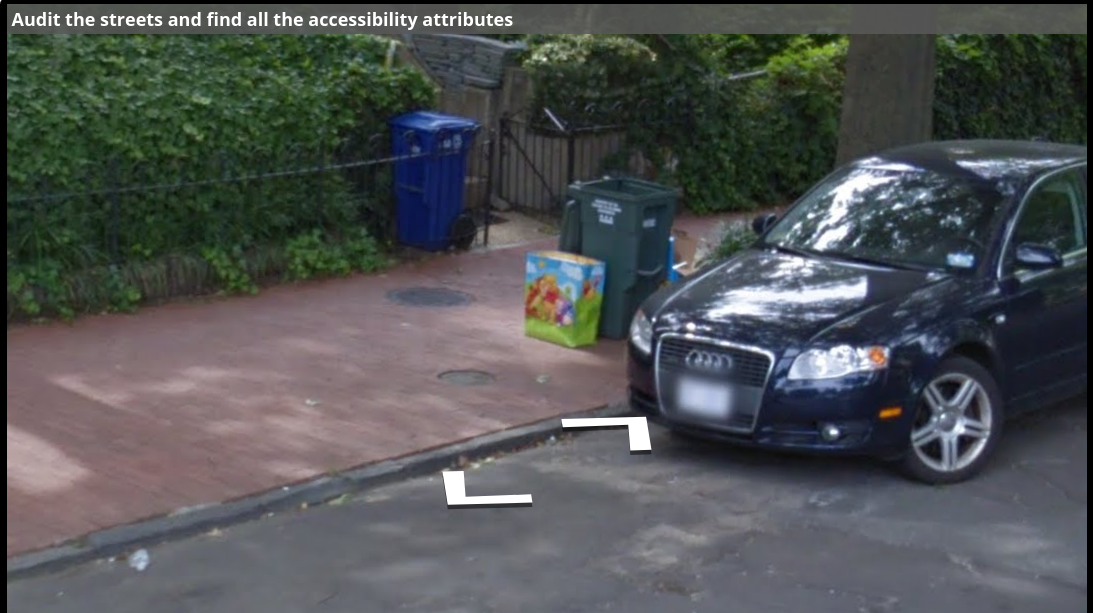
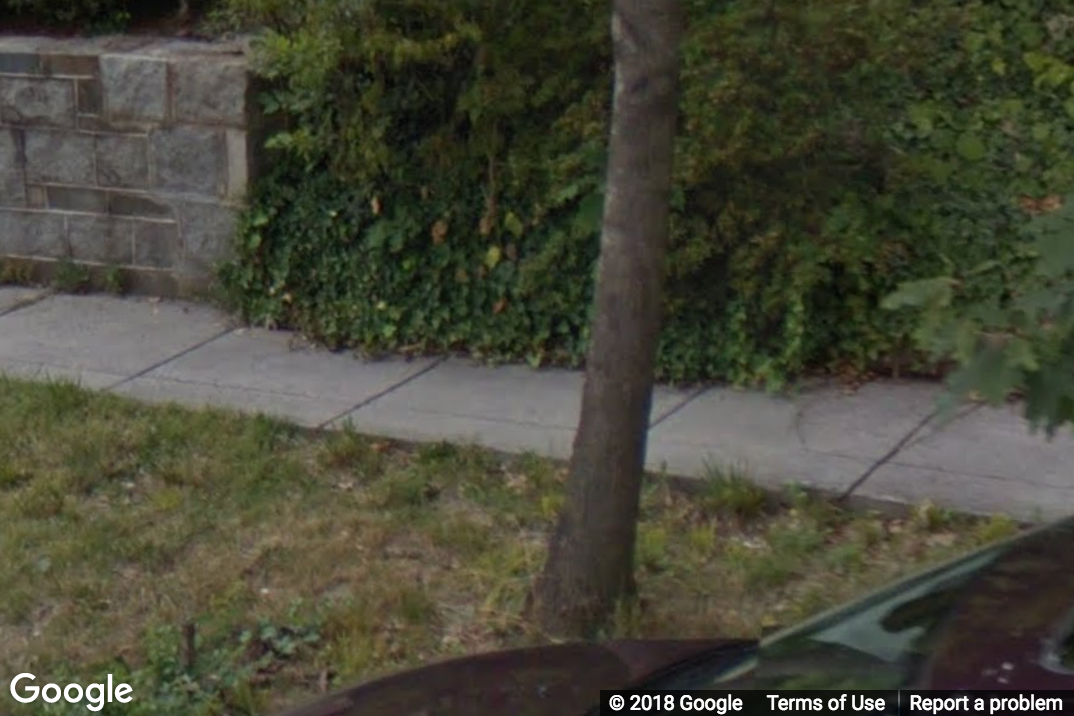
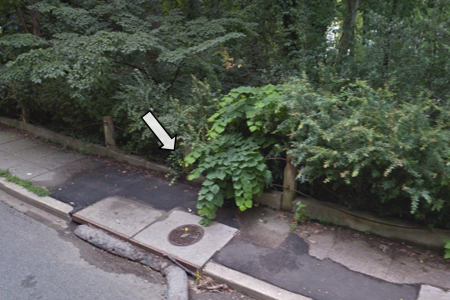
Do I label all objects as obstacles?

Any objects that are not directly on the path of a pedestrian route (as in the first three examples below) should not be marked as obstacles. Things like moving cars and pedestrians are not obstacles either, so these should not be marked.
